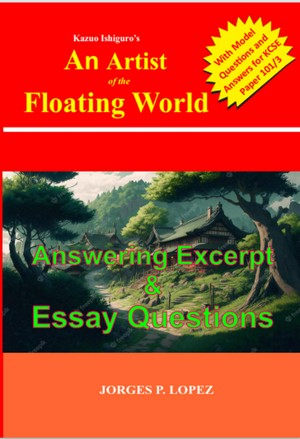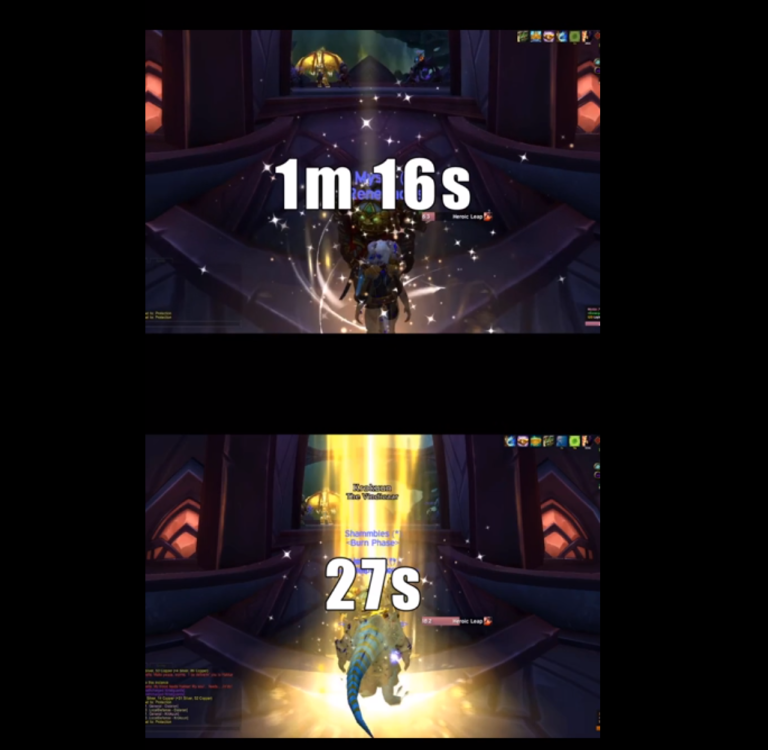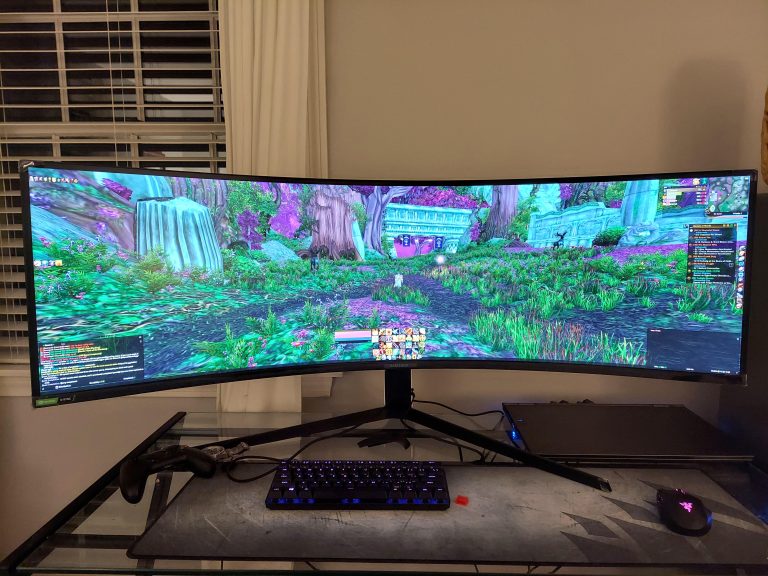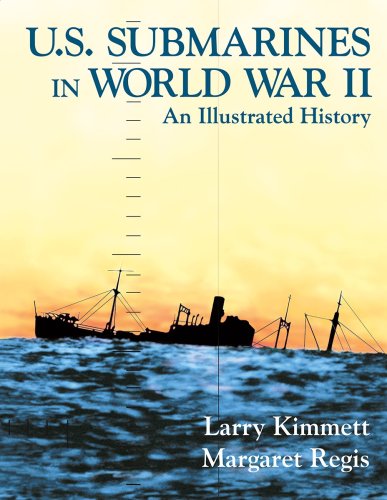An Artist Of The Floating World Excerpt
An Artist of the Floating World Excerpt is a short story from the novel of the same name, written by Nobel Prize-winning author Kazuo Ishiguro. It follows the story of Masuji Ono, an aging artist living in post-World War II Japan. The passage follows Ono as he reflects on his life and his role in Japan’s involvement in the war. Through Ono’s thoughts, the reader is given a glimpse into the complex, difficult emotions of a man who is struggling to come to terms with his past. The excerpt serves to introduce the themes of regret, guilt, and the burden of memory that will be explored throughout the novel.
Overview of the Novel
The Artist of the Floating World by Kazuo Ishiguro follows the story of Masuji Ono, a retired painter who looks back on his life’s successes and failures. Taking place in post-war Japan, this novel explores the themes of identity, regret, and cultural change. The novel follows Ono’s reflections on his past life, including his relationships with his family, his career, and his society. Through the narrative, Ono reflects on the consequences of his actions and his place in the world. By exploring the themes of identity, regret, and cultural change, Ishiguro creates a powerful and poignant story that reveals the human capacity for self-reflection and redemption. Throughout the novel, these themes are explored through symbols, metaphors, and poignant moments that leave the reader with a deep sense of understanding and empathy.
Themes in the Novel
“An Artist of the Floating World”
In Kazuo Ishiguro’s novel, An Artist of the Floating World, the author explores a range of themes through the experiences of the protagonist, Masuji Ono. As an elderly painter living in post-war Japan, Ono reflects upon his past actions and the consequences of his choices. In doing so, Ishiguro highlights the effects of war, the importance of family, and the power of memory.
The novel’s main theme of war is explored through Ono’s memories of his involvement in World War II. Ono’s thoughts on the horrors of war are made clear in his musings on the suffering of his own people. The war serves as a catalyst for Ono’s relationships with his family and himself. It is only through the war that he is able to see the true consequences of his actions and the importance of his family.
The novel also explores the power of memory and how it shapes a person’s identity. Ono’s story is a reflection on his own life and how his actions have shaped who he is today. Through Ono’s memories, the reader is able to understand how his past has come to define him.
Lastly, Ishiguro uses An Artist of the Floating World to explore the importance of family. Ono’s relationships with his children, wife, and grandchildren are explored throughout the novel. Through these relationships, Ishiguro shows how the bond between family members can help to heal and grow.
An Artist of the Floating World is a powerful novel that explores a range of themes. From war and memory to family and identity, Ishiguro’s writing offers a unique and insightful look into the human experience.
Character Analysis
of An Artist Of The Floating World
An Artist of the Floating World is a critically acclaimed novel by Nobel Prize winner, Kazuo Ishiguro. It tells the story of a Japanese artist, Masuji Ono, who is struggling to come to terms with his past and the changes in his homeland of Japan since World War II. The novel is a complex and gripping exploration of memory, identity, and the importance of history. Through its insightful characterization of the protagonist, Ishiguro provides a unique portrait of post-war Japan and its cultural evolution.
Ono is a complex and multifaceted character, and Ishiguro paints a vivid and nuanced portrait of him. Ono is a proud man who is struggling to come to terms with his past and the changes in his homeland since the war. He is a passionate painter and a devoted father, but he is also deeply troubled by his own involvement in the war. He is caught between his feeling of guilt and his pride in his country’s victory. He is a sympathetic yet flawed character, and Ishiguro’s portrayal of him is both powerful and moving.
Ishiguro’s novel is a nuanced and insightful look at the complex emotions of post-war Japan. By focusing on one man’s struggles to accept the changes in his homeland, the novel reveals the depths of human emotion and the difficult choices faced by many Japanese citizens in the aftermath of the war. An Artist of the Floating World is a powerful and thought-provoking work of literature, and Ishiguro’s characterization of Ono is one of its greatest strengths.

Symbolism in the Novel
Kazuo Ishiguro’s novel An Artist of the Floating World is a powerful exploration of identity and culture in post-war Japan. Through Ishiguro’s innovative use of symbolism, the novel is able to capture the essence of the time period. From the novel’s title to its characters, readers are able to gain a better understanding of the characters’ motivations and the social forces that shape their lives.
The title “An Artist of the Floating World” is a direct reference to traditional Japanese art and its influence on the novel’s protagonist, Masuji Ono. Through his art, Ono is able to reflect on the changes in his society and his own personal struggles. Ono’s art is also symbolic of his own struggles to reconcile his past with his present.
The characters in the novel also embody symbolism. Ono’s daughter Noriko is a representation of his own daughter, who died during the war. Noriko is also a symbol of the new generation in Japan, one that is starting to move beyond the traumas of the war and embrace a new way of life. Additionally, Ono’s son-in-law Shukichi is a symbol of traditional values, particularly regarding the importance of honor and family.
By weaving these symbols into the novel’s narrative, Ishiguro is able to create a powerful story about identity and culture in post-war Japan. Through his use of symbols, readers are able to gain a better understanding of the characters’ motivations and the social forces that shape their lives.
Setting of the Novel
The novel An Artist of the Floating World by Kazuo Ishiguro is set in Nagasaki, Japan, in the aftermath of World War II. The story follows Masuji Ono, an elderly painter who looks back at his life and career in the wake of the large-scale destruction of the city. Ono is a survivor of the war and is now struggling to make sense of his past and of the world around him. The novel explores themes of guilt, responsibility, and the moral consequences of war. The setting of Nagasaki has a major impact on the story, as it serves as a reminder of the destruction that took place there and the weight of the pain and suffering that the characters must carry. Through Ono’s story, Ishiguro paints a vivid picture of the effects of war and the moral dilemmas that are often faced in its aftermath. The setting of Nagasaki serves to illustrate the complexity of the human experience and of the ways in which history shapes our lives.
Impact on the Reader
The Artist of the Floating World by Nobel Laureate Kazuo Ishiguro is an exquisite novel that speaks to the power of memory and the beauty of art. The novel follows the story of an elderly painter, Masuji Ono, who is reflecting on his past and his role in Japan’s history. The novel’s impact on readers is profound. Through Ono’s story, Ishiguro creates an emotional experience that touches on themes of morality, identity, and belonging. The novel offers a unique insight into the complexities of human emotions, inspiring readers to reflect on their own lives and explore the consequences of their choices. Ishiguro’s lyrical prose and vivid imagery bring the novel to life, immersing readers in Ono’s world and making them feel a part of his journey. The Artist of the Floating World is a powerful story that leaves readers with a newfound appreciation for life and a deeper understanding of the human experience.
FAQs About the An Artist Of The Floating World Excerpt
1. Who is the narrator of the An Artist of the Floating World Excerpt?
The narrator of the An Artist of the Floating World Excerpt is Masuji Ono, an elderly Japanese artist reflecting on his past.
2. What is the setting of the An Artist of the Floating World Excerpt?
The An Artist of the Floating World Excerpt is set in the aftermath of World War II in Japan, a period of great social and political upheaval.
3. What themes are explored in the An Artist of the Floating World Excerpt?
The An Artist of the Floating World Excerpt explores themes of regret, responsibility, patriotism, and old age. The story delves into how an individual must grapple with the consequences of their actions and their place in a changing society.
Conclusion
The excerpt from “An Artist of the Floating World” offers an important insight into the life of Masuji Ono. He is a man who is struggling to come to terms with his past and the choices he made during World War II. He is a complex character who is trying to make sense of his life and how it was affected by the war. Ono’s story is a reminder of the complexity of the human experience and the multitude of ways in which we can be affected by our past decisions. His story is a powerful and important one that serves to remind us that we all must take responsibility for our choices.



